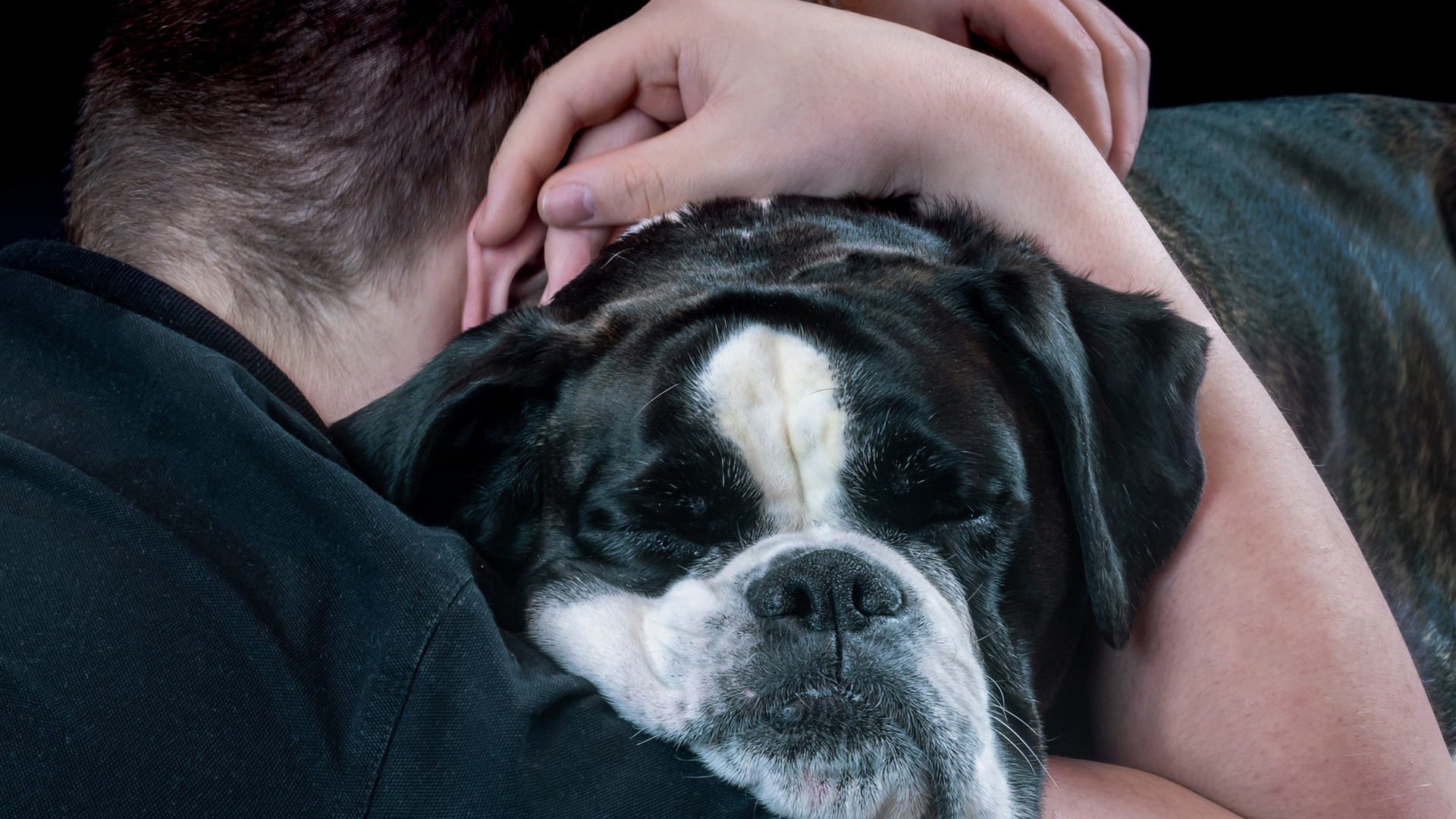
Lesser Known Considerations of Service Animals
As a pet parent, you probably feel like your fur baby hung the moon. However, if you have a service animal, then you truly understand how extraordinary these angels on four legs can be. But you don’t have to already have a service animal in your life to appreciate them. This article describes some of the most interesting but relatively little-known considerations of service animals.
There Are Many Types of Service Animals
The term “service animal” actually covers a pretty wide territory. There are, in fact, many different kinds of service animals trained to help humans in a variety of ways, both physical and emotional. Some service dogs, for instance, are trained to use their keen sense of smell to alert their humans with diabetes to dangerous fluctuations in blood sugar levels. Still, others can signal an impending seizure to their human companions who have diabetes.
And then there are the service animals who are trained to help their humans with their daily tasks. This would include trained guide dogs for persons with visual impairments and “hearing” dogs for humans who are deaf or hard of hearing. Larger dogs and even other animals, such as miniature ponies can be trained to help humans with mobility impairments.
But the services that these special animals render to humans don’t just encompass physical conditions. Service animals can also be trained to provide humans with emotional and psychological support, such as for people who have been diagnosed with post-traumatic stress disorder (PTSD) or other neuropsychiatric challenges, from autism to depression to generalized anxiety.

Not All Animals Make the Cut
Every animal is special and precious, but not every animal is cut out to be a certified service animal. In fact, the training to become a registered service animal is extremely rigorous, generally requiring between 6 months and 3 years of specialized training and as much as $20,000 in training and certification costs.
Over that time period, your animal will be required to pass a series of tests, such as the basic obedience and public access tests for service dogs. This will ensure that your service animal can perform the duties for which they are trained, no matter the environment or conditions, without becoming aggressive, distracted, or uncontrollable, particularly in public.
And for humans and animals alike, that’s no mean feat. In fact, the majority of would-be service animals never go on to earn their certification simply due to the rigors of the process. It takes a special kind of temperament to succeed, which is why many service dogs are selected and trained from puppyhood based on their disposition and unique aptitudes!
Despite the immense time and investment involved in earning a service animal designation, the benefits are even more profound. Under the terms of the Americans with Disabilities Act (ADA), you can take your registered service animal with you pretty much everywhere, provided you have the proper certifications. This includes planes and public transportation, as well as schools, workplaces, restaurants, hotels, and other public locales.
Service Animals May Be Tax-Deductible
The Internal Revenue Service (IRS) allows for some animal-related tax deductions. For instance, if you keep a guard dog to protect your business, the costs of your Fierce Fido’s care and maintenance can be written off as a tax deduction. Similarly, the costs of training and caring for a service animal can be written off as a medical expense!
Service Animals Are Great for the Workplace
Service animals don’t just make life better at home and in the community. Service animals in the workplace can be a huge productivity boost not just for their human companion but for the entire team. Studies show that having a well-trained pet in the workplace drives employee satisfaction and promotes team-building.
To be sure, service animals aren’t pets in the traditional sense, and chances are that when a service animal is brought into the workplace, it’s because they, too, are on duty, working to serve their human companion.
That doesn’t mean, though, that employees can’t benefit from the soothing presence of a service animal in the office or that they can’t bond over helping to care for the animal while in the office. And for their human companion, having their service animal by their side can provide both the physical and emotional support they need to thrive while at work.
The Takeaway
Service animals are truly angels wrapped in fur for the humans they serve and protect. To anyone who has ever loved an animal, that will come as no surprise. But unless you have had the pleasure of welcoming a service animal into your life, there are probably many considerations about service animals that will surprise you, from the time and expense involved in certification to the extraordinary benefits of service animals both for their human companion and the people around them!










